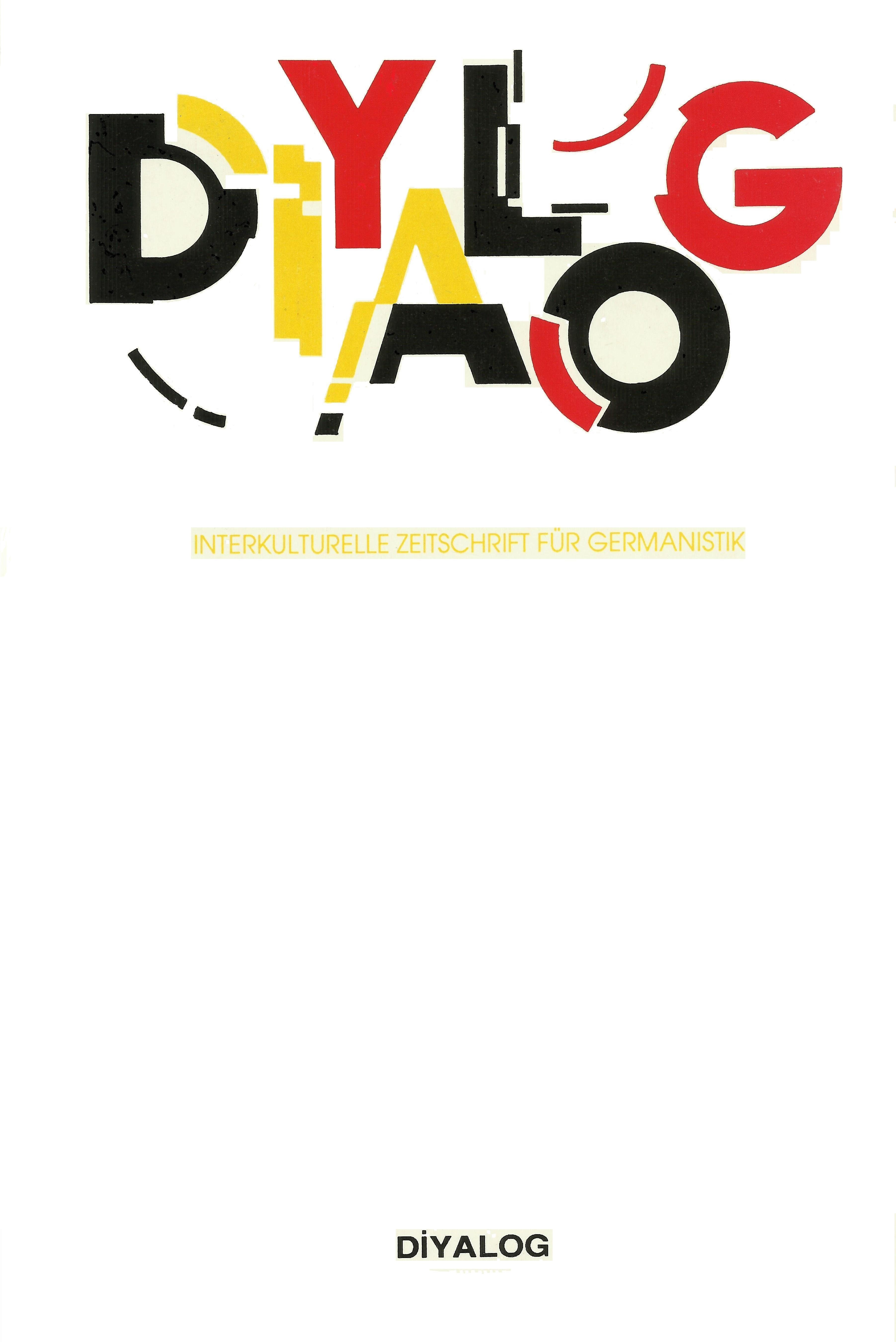“Türkçe Çevirmenler Sözlüğü” adlı sözlük için bir tasarı
Çeviri faaliyeti, 18. yüzyılda Osmanlı Devleti’nin batılılaşması ve modernleşmesinde önemli bir yere sahipti. Bu amaca yönelik olarak çeviri eylemi, Osmanlı döneminde aydınlanma çağındaki fikirlerin yayılması ile birlikte siyasal ve bilimsel fikirlerin yerleşmesinde de çok etkili olmuştur. Bu durum Türkiye Cumhuriyeti’nin kuruluş yıllarında da devam etmiştir. Bu çeviri faaliyetini gerçekleştiren “gizli kahramanlar”, yani çevirmenler, Türk diline ve edebiyatına yaptıkları katkılara nazaran pek tanınmazlar ve bilinmezler. Peki, bu çevirmenler kimlerdi? Kimlerin eserleri hangi dilden ve ne zaman çevrilip, hangi yayınevleri tarafından yayımlanmıştır?
Anahtar Kelimeler:
Çeviri, Çeviri Sözlüğü, Türkçe Çeviri Tarihi, Edebi Çeviri
On the conception of the Turkish translator lexicon “Türkçe Çevirmenler Sözlüğü”
Translation activity played a significant role in the 18th century in terms of a westernization and modernization of the Ottoman State. It was very influential in shaping political and scientific ideas as well as in spreading the ideas of the enlightenment age of the Ottoman period. These developments continued during the foundation years of Republic of Turkey. Those “secret heroes”, translators, are less well known than the contributions they made to Turkish literature. Well, who were those translators? Whose works were translated? From which languages were they translated and when were they published and by which publishing firms? This lexicon Türkçe Çevirmenler Sözlüğü, we aim to compile lists of translators who enriched Turkish literature by means of translation, following the example of other lexicons. The idea of “Türkçe Çeviriler Bibliyografyası” (Bibliography of Turkish Translations) has been also developed within the context of the GIP (Germanistische Institutspartnerschaft) partnership between Ege University and Johannes Gutenberg University. The project began with a lengthy search for a suitable methodology. The resources we decided to use for identifying works translated into Turkish are the National Collective Catalogue database of TUBITAK and ULAKBIM as well as the Republic of Turkey Ministry of Culture and Tourism General Directorate of Libraries and Publications that contain the records of, among others, Ege University Library, Hacettepe University Library, Istanbul University Library, Boğazici University Library and National Library. For this lexicon, the language and literary works, which were printed in Latin alphabet and translated into Turkish from the early years of the Republic to the year 2016, were examined in terms of literary genres such as prose, verse and theater, and the records of 18.741 translated works and 6.006 translators were identified.
___
- Eruz, Sakine (2010): Çokkültürlülük ve Çeviri. Osmanlı Devleti’nde Çeviri Etkinliği ve Çevirmenler. İstanbul: Multilingual.
- Öncü, Mehmet Tahir/ Sertdemir, Bahar Aliye/ Abacı, Gökhan (2017): Türkçe Çeviriler Bibliyografyası: Dünya Edebiyatından Çeviriler. İstanbul: Hiperlink.
- Özege, Seyfettin (1971): Eski Harflerle Basılmış Türkçe Eserler Kataloğu. İstanbul: Fatih Matbaası.
- Wilpert, Gero von (1988): Deutsches Dichterlexikon. Stuttgart: Kröner.
- http://www.uelex.de [Zugriff: 04.07.2017]
- http://www.oversattarlexikon.se [Zugriff: 05.07.2017]
- http://www.toplukatalog.gov.tr [Zugriff: 05.07.2017]
- https://kasif.mkutup.gov.tr [Zugriff: 06.07.2017]
- http://translation.ege.edu.tr/translex [Zugriff: 09.09.2017]
- http://translation.ege.edu.tr/translex/kriterler.html [Zugriff: 09.09.2017]
- http://translation.ege.edu.tr/translex/biyogram.html [Zugriff: 20.09.2017]
- http://translation.ege.edu.tr/translex/bilimsel-calismalar.html [Zugriff: 29.09.2017]
- http://ceviribilim.com/?p=6856 [Zugriff: 10.02.2018]
- http://www.musaigrek.com/2013/12/100-temel-eser-kitaplar-intihal.html [Zugriff: 10.02.2018]
- ISSN: 2148-1482
- Yayın Aralığı: Yılda 2 Sayı
- Başlangıç: 2003
- Yayıncı: Germanistler Derneği
Sayıdaki Diğer Makaleler
Dekadans Açısından Yakup Kadri’nin Yaban Romanı
Yabancı Dil Öğretimi İçin 3B Dijital Oyunlar / Oyunlaştırılmış Uygulamalar Geliştirme
Dikkat Kafkaesk! Rolf Schneider’in Metamorphosen Adlı Öyküsünde Yazar İmgesi Üzerine
“Türkçe Çevirmenler Sözlüğü” adlı sözlük için bir tasarı
Yabancılar için Almanca ve Türkçe ders kitaplarında itici ve çekici olarak kalıplaşmış yargılar
